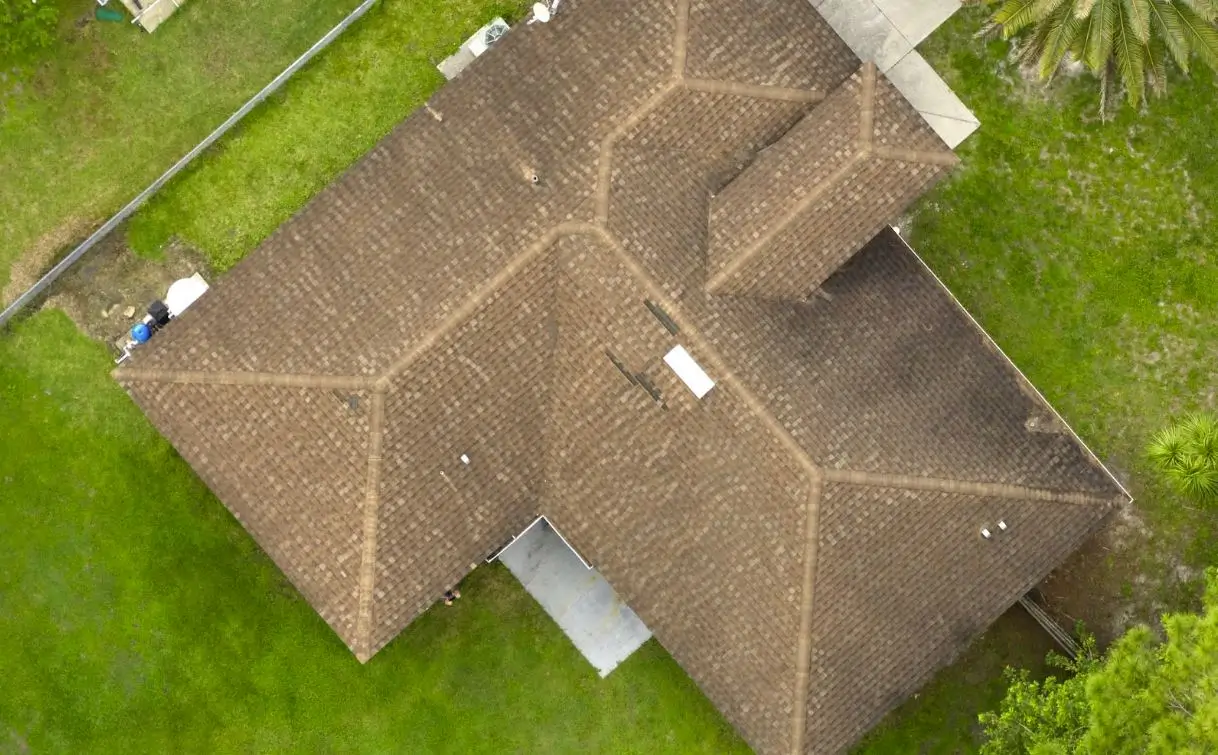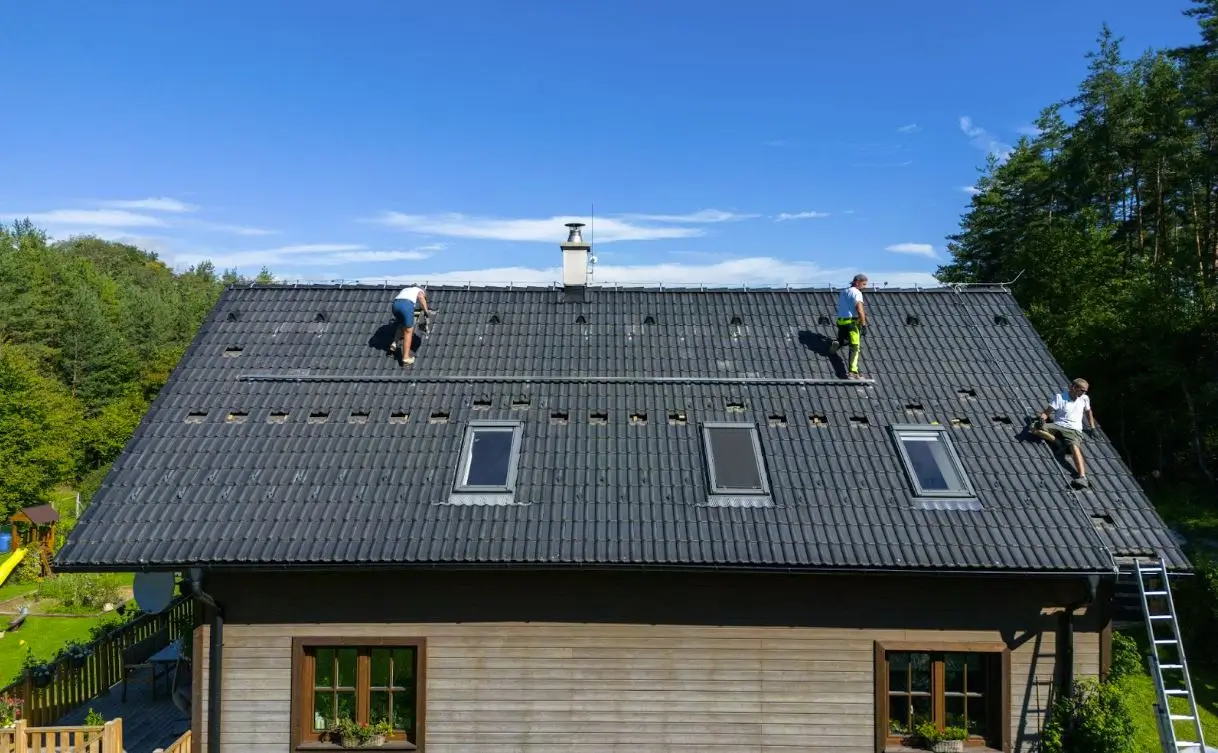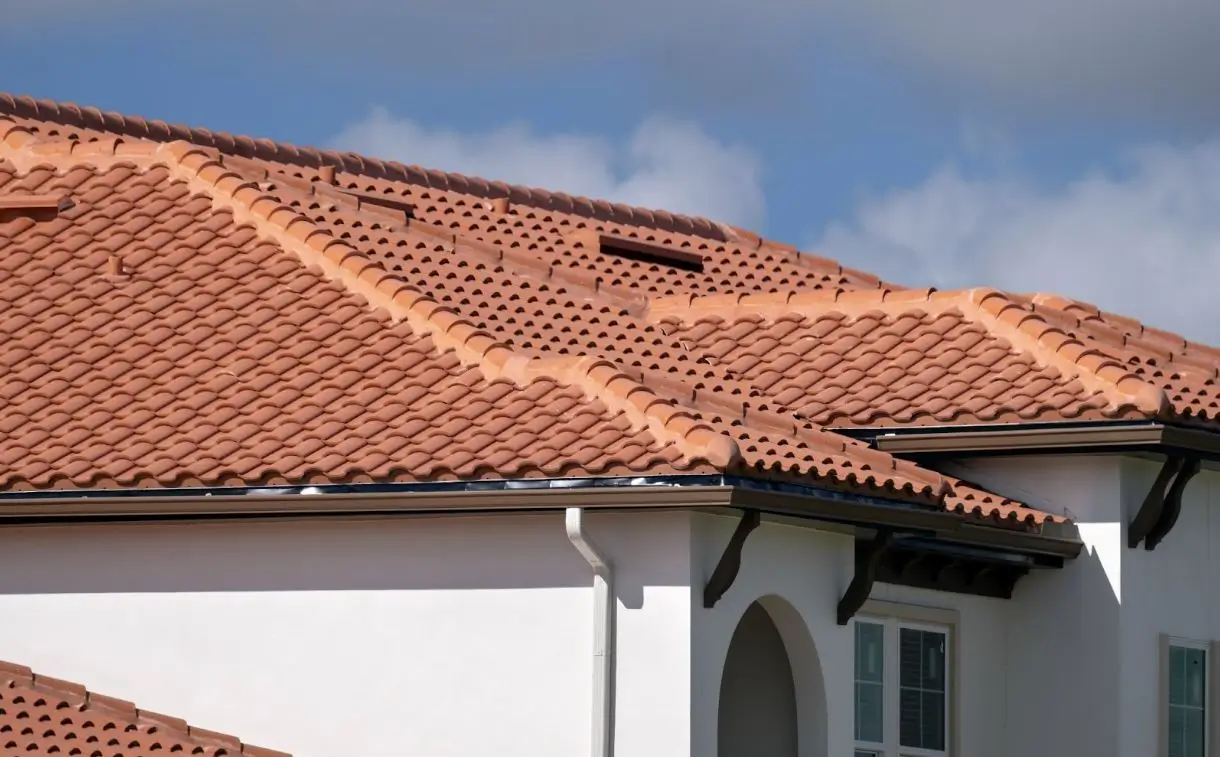

Choosing the right roofing can significantly improve your property’s longevity and performance. With so many options available, selecting the ideal material depends on climate, durability, and cost. Each type of roofing offers unique advantages, allowing homeowners to match their needs with the right solution. A well-informed decision ensures lasting protection, increased property value, and reduced maintenance in the years ahead.
Roofs are more than a protective barrier—they influence home durability, energy efficiency, and property value. Choosing the right type requires careful consideration of climate, maintenance, and cost factors. A well-suited roof enhances curb appeal while reducing long-term expenses on repairs and replacements. Homeowners who educate themselves about different roofing options make informed decisions that align with their needs and budget.
The right roofing material helps regulate indoor temperatures, reducing the strain on heating and cooling systems. Certain options, such as metal and tile, improve ventilation and reflect heat away from the home. Poorly chosen roofs trap heat or allow cold air to seep in, making interiors uncomfortable. Selecting the right type improves energy efficiency and enhances overall living conditions.
A roof that suits the local climate lasts longer and requires fewer repairs. Some materials, like asphalt shingles, may wear down quickly in extreme weather, while metal or slate provide better resistance. Investing in a durable option minimizes the risk of leaks, cracks, and costly damage. Homeowners who pick the right roof save money on frequent maintenance and unexpected fixes.
Roofing options offer better protection against fire hazards, reducing risks in wildfire-prone areas. Metal, slate, and clay tiles have high fire resistance, while wood shakes require treatment to improve safety. Choosing a fire-resistant roof enhances home security and may lower insurance premiums. Homeowners who prioritize safety opt for materials that minimize fire risks.
Insurance companies assess roof materials and durability when determining premium rates. Impact-resistant roofs, such as metal or slate, often qualify for lower premiums because they withstand harsh weather. Due to increased risk, homes with older or less durable roofs may face higher insurance costs. Investing in a reliable roofing material reduces financial burdens in the long run.
Some roofing materials provide better sound insulation, affecting indoor noise levels. Metal roofs, for example, can be loud during heavy rain or hail unless adequately insulated. Clay tiles and asphalt shingles absorb sound more effectively, making interiors quieter. Selecting a roofing material that reduces noise improves overall comfort inside the home.
An adequately chosen roof provides essential support to a home’s structure. Materials that fail to handle weight or weather conditions stress the foundation and walls. Issues such as leaks, sagging, and mold growth arise when a roof does not function as intended. Homeowners who prioritize firm, well-suited roofing materials help maintain the stability of their property.
Selecting the right roofing material can impact your roof’s performance and longevity. Different materials cater to specific needs, climates, and budgets, making it essential to choose one that aligns with your priorities. The following roofing options offer a range of benefits. Each contributes to the effectiveness and durability of homes:
Asphalt shingles are affordable and easy to install, making them a popular choice for homeowners on a budget. They come in various colors and styles, offering versatility in design. These shingles perform well in moderate climates, providing reliable protection against rain and wind. They may not be as durable in extreme conditions, but they are well-suited for standard residential use.
Metal roofing is highly durable and resistant to extreme weather, including heavy rain, snow, and high winds. It offers excellent energy efficiency, reflecting heat to help reduce cooling costs in warmer climates. Ideal for areas prone to severe weather, metal roofing also has a long lifespan, often exceeding 50 years. It’s a great option for homeowners seeking longevity and durability, though it may have a higher initial cost.
Clay tiles are known for their distinctive appearance and superior insulation properties. They are highly effective at resisting heat, making them ideal for hot, dry climates where energy efficiency is key. The material is durable and long-lasting, often outlasting asphalt shingles for decades. However, clay tiles can be heavy and require extra structural support, making them best suited for certain homes.
Slate roofing offers unmatched durability and longevity, often lasting over 100 years. It is fire-resistant, water-resistant, and capable of withstanding harsh weather conditions. Due to its weight, slate is typically installed on homes with the proper structural support. While the material is expensive, it is perfect for a premium roofing option with aesthetic appeal and durability.
Wood shingles are an eco-friendly option made from renewable resources. They provide a natural, rustic look, offer good insulation properties, and are well-suited for temperate climates. Over time, they develop a weathered look that many homeowners find attractive. However, wood shingles are vulnerable to pests and may require more maintenance than other materials.
Rubber roofing is a flexible and eco-friendly option made from recycled materials. It is particularly effective for flat roofs, offering waterproofing and durability. It is a low-maintenance choice, ideal for homeowners seeking a long-lasting, affordable solution. Rubber roofing may not appeal to those seeking a traditional look, but it is an excellent choice for utility buildings or eco-conscious homes.
Choosing the right roofing material involves more than picking a style or color. Several factors determine which option best suits your home, ensuring long-term performance and value. Consider these factors when evaluating your roofing options:
Roofing durability refers to how well a material can withstand the elements over time. Materials like metal and slate offer long lifespans, often lasting 50 years or more, while asphalt shingles may need replacing sooner. Consider your area’s climate and weather conditions when evaluating a material’s durability.
Certain roofing materials perform better in specific climates. For example, metal roofing is ideal for areas that experience heavy snow or rain, while clay tiles excel in hot and dry conditions. Choosing a material suited to your local weather will help ensure that your roof offers reliable protection.
The appearance of your roof impacts the overall look of your home. Roofing materials come in various colors, textures, and designs, allowing you to match the style of your home. Consider both the visual appeal and how the material complements the surrounding architecture.
The upfront cost of roofing materials can vary widely, and so can the long-term maintenance expenses. Asphalt shingles are more affordable initially, but materials like slate or metal may offer savings in maintenance and durability over time. Balancing the initial cost against long-term maintenance and replacement costs is essential.
Eco-conscious homeowners may want to consider the environmental footprint of their roofing choices. Materials such as metal and rubber are often made from recycled products and are fully recyclable at the end of their lifespan. Selecting a sustainable option can reduce environmental impact and contribute to energy efficiency.

Climate plays a crucial role in selecting the right roofing material. The durability and performance of roofing materials can vary depending on the weather conditions in your area. Choosing the right type can ensure that your roof performs well and lasts longer, protecting your home from harsh elements.
Roofs must reflect heat in hot and dry climates to keep the home cool. Materials like clay tiles or metal roofing are excellent choices because they are highly heat resistant and effectively reflect sunlight. These materials help reduce cooling costs and protect the house from the damaging effects of prolonged sun exposure.
Cold and snowy regions require roofing that can withstand the weight of snow and ice. Metal roofing and asphalt shingles are well-suited for these areas, as they allow snow to slide off easily, preventing heavy accumulation. Additionally, these materials provide good insulation, helping to maintain warmth inside the home during cold winters.
In humid or wet climates, roofing materials should resist mold, moss, and mildew. Metal and rubber roofing options are ideal, as they are waterproof and require minimal maintenance. These materials also help protect against water damage, ensuring long-lasting performance despite frequent rainfall or high humidity.
Coastal regions experience high humidity and saltwater exposure, which can accelerate corrosion. Materials like metal roofing with a protective coating are ideal for these areas, as they are resistant to rust and corrosion. Clay tiles and concrete can also handle salty air and offer long-term protection against harsh coastal elements.

Every roofing material offers unique advantages in durability, cost, and aesthetics, making it essential to choose one that aligns with a home’s needs. A well-selected roof enhances protection against weather conditions, reduces maintenance costs, and improves curb appeal. Investing in a roofing type with long-term benefits ensures greater energy efficiency, structural stability, and property value. Homeowners who carefully evaluate their options secure lasting protection while maintaining a visually appealing and functional home.
Discover the types of roofs available for your property by visiting our Febres Roofing blog.
Support
Get In Touch
Copyright © 2025 – Digital Marketing by BrandRep